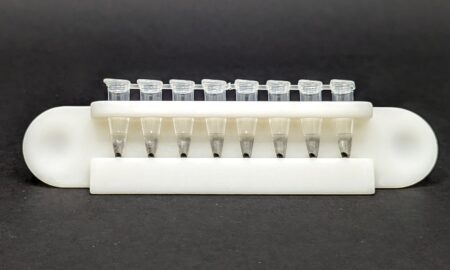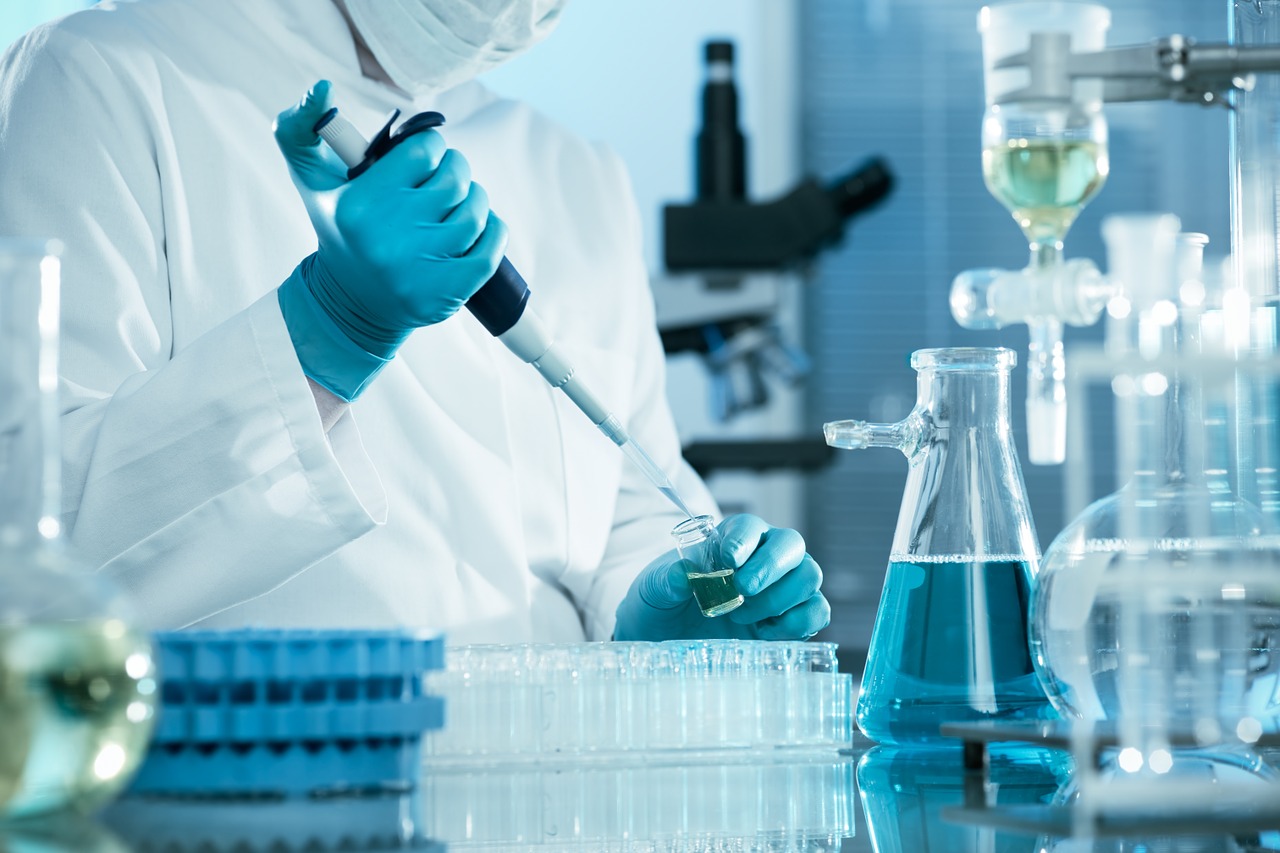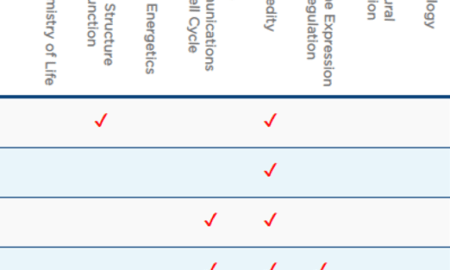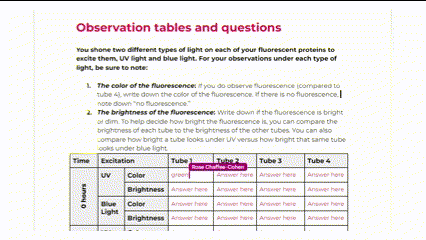Teach genetics and more with PCR in your classroom
Looking for an authentic lab to teach genetics or human health? PCR is an important biotech skill that can demonstrate many of these biology concepts and applications in the classroom. This guide will show you how to bring PCR to your classroom!
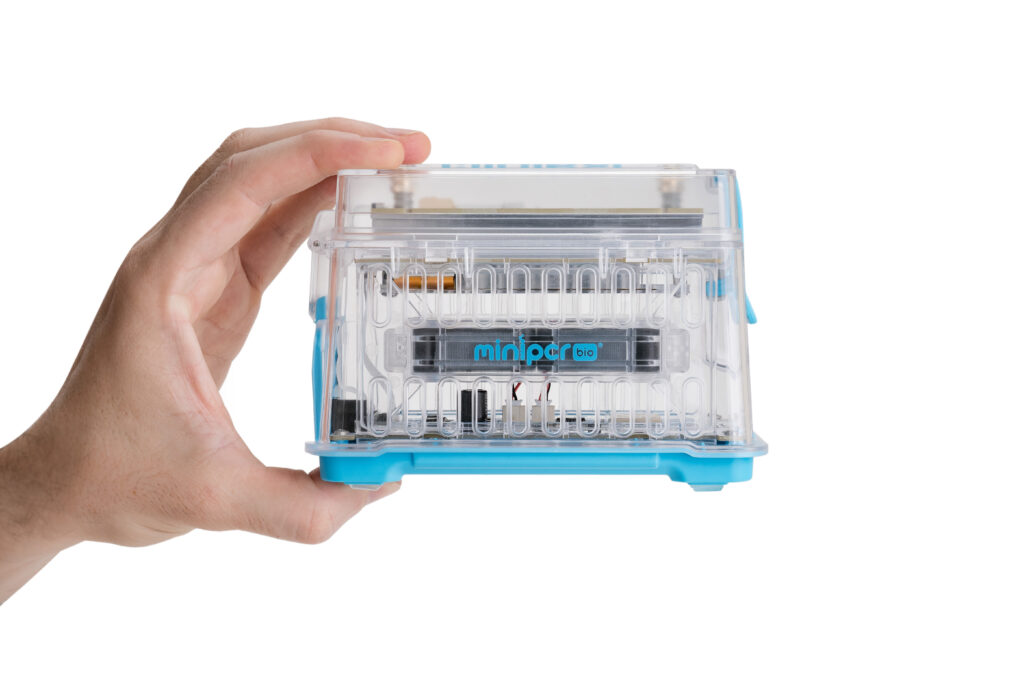
What is PCR?
Nearly every experiment or test in a modern biology lab relies on a technique called polymerase chain reaction or PCR. PCR is a powerful tool that allows scientists to make copies of specific sections of DNA. The DNA sequence that a scientist is interested in is typically relatively short compared to an organism’s vast amount of DNA. For example, the human genome is more than 3.2 billion base pairs long. Identifying a small genetic sequence that might be just a few hundred bases is like searching for a needle in a haystack. PCR allows scientists to make billions of copies of only the region of DNA they are interested in, effectively creating a giant pile of needles that dwarfs the original haystack.
For more information, check out our PCR tutorial.
Which PCR thermocycler is for me?
Traditional PCR thermocyclers can be costly and bulky, but miniPCR bio offers two sizes of affordable and easy-to-use thermocyclers: our mini8X that holds 8 samples and our mini16X that holds 16 samples.
What else do we need to start running PCR?
- One gel electrophoresis setup per lab group
- For more information on gel electrophoresis in the classroom, see this blog post
- One 2-20 µl micropipette per lab group, plus micropipette tips
- Microtubes: we recommend these small tubes to dispense and distribute samples to students
How do I program my miniPCR?
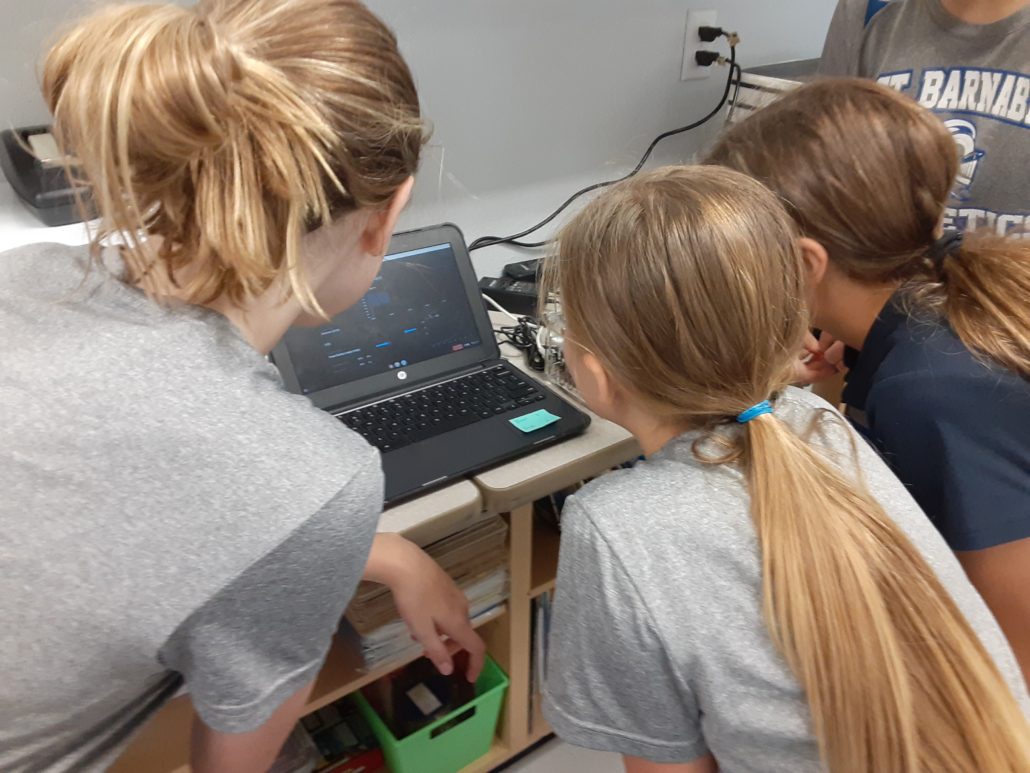
Our “How to program your miniPCR thermal cycler” video will walk you and your students how to connect your computer or phone to the miniPCR, as well as program and run a PCR program. All of our Learning Labs include detailed instructions on how to program a protocol for the specific lab activity.
This What is PCR? video and accompanying worksheet will get your students up and running understanding how PCR works.
What can I teach with PCR?
PCR is a fundamental biotechnology technique that is useful for demonstrating the application of DNA analysis in many fields. Use PCR to explore ideas within genetics, human health, environmental monitoring, CRISPR, or forensics.
Our labs can roughly be divided into two categories:
- Labs with provided DNA: These labs provide DNA samples ready to go for PCR. You do not need to do any DNA extraction. These labs are designed for robust results, and are great for PCR beginners who haven’t had much hands-on lab experience.
- Labs requiring DNA extraction from samples: These labs require the students to extract DNA from food, soil, or even from their own cells! Because results will depend on the samples tested, these open-ended labs promote inquiry. The extraction process can be technically tricky, however, and negative results are common (as they are in all research). These labs are best for students who have some experience with PCR.
| Topic | Learning Labs™ with provided DNA | Learning Labs™ requiring DNA extraction |
|---|---|---|
| Basic genetics |
|
|
| Forensics |
|
|
| Environmental science |
|
|
| Human health and medicine |
|
Reminder: you may run any of our miniPCR bio Learning Labs in non-miniPCR bio equipment. You can also run non-miniPCR bio labs in miniPCR bio equipment.

